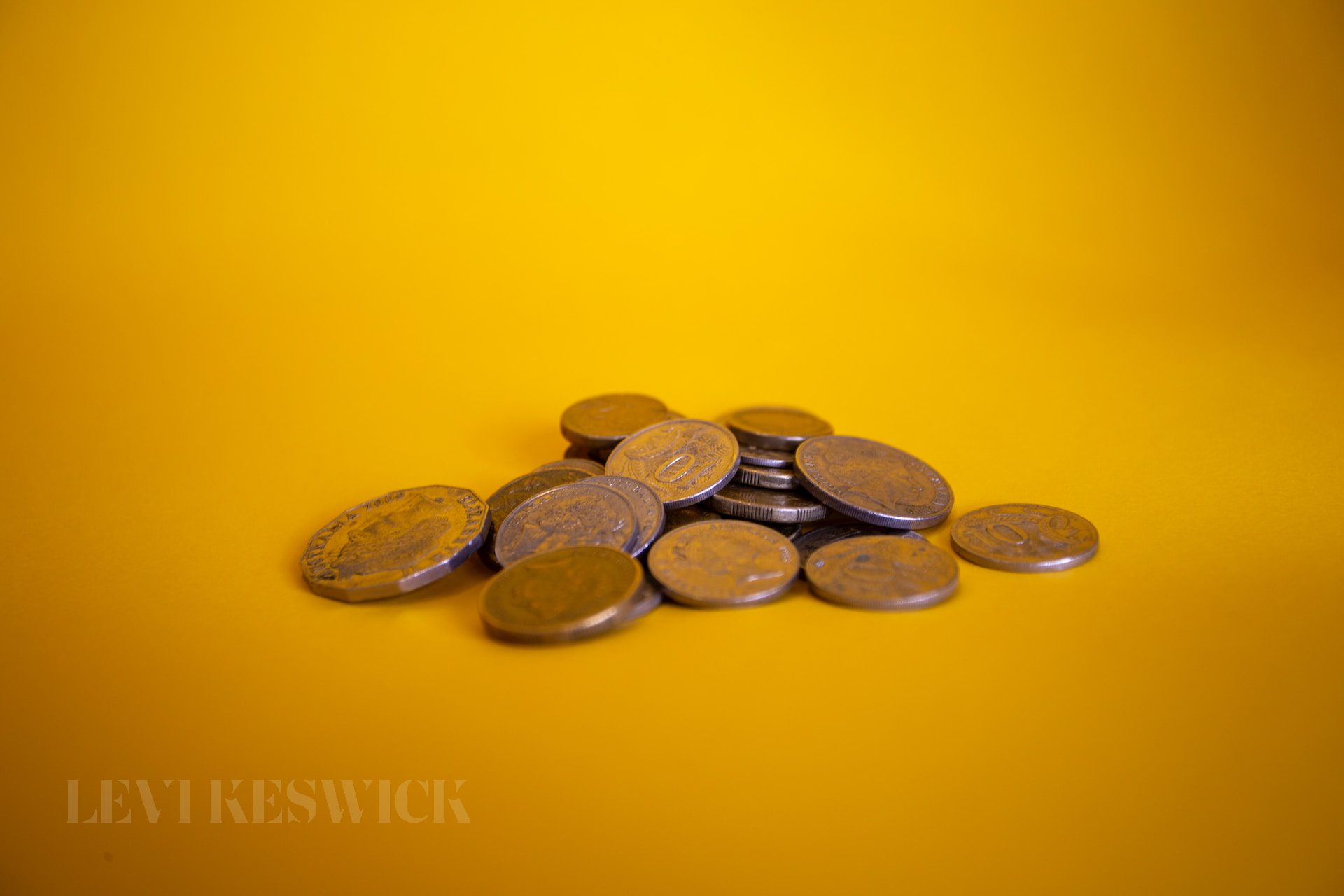Key Takeaways:
- The 1992 Jefferson Nickel, part of a popular series, holds significant historical value.
- Three standard varieties of the 1992 Jefferson Nickel are determined by their mint marks.
- A rare phenomenon known as the 1992 nickel error increases the value of these coins for collectors.
- The coin’s worth varies based on its condition, with uncirculated and proof coins holding more value.
The Rich History of the 1992 Jefferson Nickel
The 1992 Jefferson Nickel, minted over three decades ago, forms an integral part of the widely circulated and popular Jefferson nickel series. Struck by the US Mint, this nickel has gained prominence among coin collectors for its historical significance, composition, and the intriguing 1992 nickel error.
The Jefferson Nickel debuted in 1938, replacing the more complicated-to-produce Buffalo nickel. The design of the coin was chosen through a competition, with Felix Schlag’s rendering of President Thomas Jefferson and his Monticello mansion emerging as the winner. The 1992 Jefferson Nickel, like its predecessors, features this iconic design, bearing Jefferson’s portrait on the obverse side and the Monticello on the reverse.
Composition and Design of the 1992 Jefferson Nickel
The 1992 nickel is primarily composed of 75% copper and 25% nickel, a combination that remained unchanged except during the wartime period from mid-1942 to 1945. During these years, nickel was a critical war material, resulting in a temporary composition shift to 56% copper, 35% silver, and 9% manganese, giving rise to the “Wartime Nickels.”
The nickel’s mass is 5 grams, and it measures 21.21 mm in diameter. The inscriptions on the coin include “LIBERTY,” “IN GOD WE TRUST,” the year “1992,” a mint mark, and the designer’s initials on the obverse side. The reverse bears inscriptions of “E PLURIBUS UNUM,” “MONTICELLO,” “FIVE CENTS,” and “UNITED STATES OF AMERICA.”
Varieties of the 1992 Jefferson Nickel
The 1992 Jefferson Nickel exists in three standard varieties, each identified by their mint mark – a letter indicating where the coin was minted. These are the 1992 D Jefferson Nickel, minted in Denver, the 1992 S Jefferson Nickel from San Francisco, and the 1992 P Jefferson Nickel from Philadelphia.
While the production of Jefferson nickels dipped in 1992, each of these varieties has its uniqueness. The Denver Mint-produced 1992-D nickel is the most abundant, with over 450 million coins minted. The San Francisco Mint, usually producing about 2 million proof coins, produced more than 4 million in 1992, making the 1992-S nickels particularly interesting. The Philadelphia Mint, which typically produces the highest number of coins, saw a significant production drop in 1992.
The Intriguing 1992 Nickel Error
One of the fascinating aspects of the 1992 Jefferson Nickel is the occurrence of the 1992 nickel error. With over 850 million nickels produced in 1992, several types of errors naturally occurred, increasing the coin’s allure for collectors. These errors include lamination errors, clad errors, die cracks, doubled die obverse or reverse, strike-through errors, and filled mint mark errors. Each of these errors results from specific circumstances during the minting process, making such coins rare and desirable among collectors.
A lamination error, for instance, results from foreign materials mixing with the original copper and nickel composition, leading to a part of the coin appearing different. Clad errors happen when the nickel cladding does not entirely cover the coin, causing color differences. Die cracks, resulting from wear and tear of the die from repeated hits, can leave distinctive marks on the coins.
The doubled die obverse or reverse error occurs when the die hits the coin twice at slightly different angles, leading to some doubling in the coin’s engraved elements. Strike-through errors happen when a foreign material, like grease or cloth, gets stuck between the die and the planchet. The filled mint mark error, finally, happens when the mint mark isn’t as detailed as it should be, appearing filled instead.
The Value of the 1992 Jefferson Nickel Today
While the 1992 Jefferson Nickel is made of nickel and copper with no precious metals, its value extends beyond its 5-cent face value. The coin’s worth today depends largely on its condition and rarity.
In circulated condition, the 1992 Jefferson Nickel can be sold for between $0.10 and $0.20, according to NGC. However, the value of the coin increases if it is in an uncirculated condition, with prices ranging from $1.71 to $2.81. Proof coins, usually made for collectors, are even more valuable, with prices starting at $3.89.
The 1992 nickel error further elevates the value of these coins. The exact price depends on the type and rarity of the error, but these coins are typically more valuable than their standard counterparts due to their uniqueness and rarity. As such, they are particularly sought after by collectors and enthusiasts.
Conclusion
The 1992 Jefferson Nickel, while commonplace at a glance, reveals a wealth of history, variety, and intrigue upon closer inspection. The 1992 nickel error adds an additional layer of interest, making these coins a noteworthy addition to any coin collection. Whether you’re a seasoned coin collector or a novice enthusiast, understanding the 1992 Jefferson Nickel and its varieties can offer a rewarding exploration into the world of numismatics.








